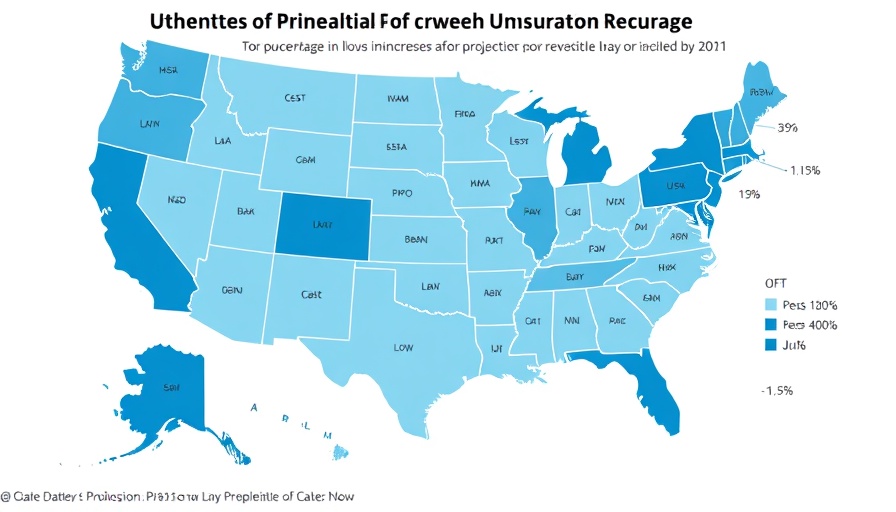
Understanding Emotional Flashbacks: A Deep Dive into Trauma Responses
Have you ever felt an intense wave of fear or sadness hit you out of nowhere? It’s an unpleasant sensation, one that can leave you feeling confused and overwhelmed. This response may be an emotional flashback, a phenomenon that occurs not in our memories but within the realm of deep, visceral feelings. Definitions aside, emotional flashbacks are a symptom of complex PTSD (CPTSD), often rooted in childhood trauma, neglect, or emotional abandonment. But understanding how this process works is the first crucial step toward healing.
In 'Emotional Flashbacks - 13 Strategies for Childhood Trauma from Pete Walker's book on CPTSD,' we explore key insights about emotional flashbacks, which prompted us to analyze various strategies for navigating these challenging experiences.
What Exactly Are Emotional Flashbacks?
Unlike conventional flashbacks—which can offer vivid visual memories of traumatic events—emotional flashbacks feel more like being swept back into a childlike state of vulnerability and despair. Imagine being in a meeting at work, feeling content, and then suddenly being overwhelmed by feelings of worthlessness or fear; that’s an emotional flashback at play. It’s like being thrust into a storm of emotions that your adult self struggles to navigate.
The Role of the Nervous System
According to Pete Walker, author and therapist specializing in trauma, emotional flashbacks can spark a response from your nervous system as if you were in danger, even when you are perfectly safe. This concept of “amygdala hijacking” highlights how our bodies carry memories that trigger reactions long after the actual threat has passed. Awareness of this process helps ground individuals back in reality.
Finding Stability: The First Steps
Walker offers thirteen empowering strategies to manage emotional flashbacks effectively. The first is simply naming the experience—acknowledging it as a flashback can help create a mental anchor. For instance, saying, "This is just a flashback; I am safe now" can significantly shift your mindset. When you generate an awareness of the present, you open the door to reclaim your identity beyond those feelings.
Grounding Yourself in the Here and Now
Using grounding techniques—like focusing on your surroundings and your senses—also plays a crucial role. By consciously bringing your attention to the present, you can help soothe the disarray of emotions swirling within. Activities may include counting objects in your room or feeling the floor beneath your feet. These actions reassure your brain that it is safe, allowing the storm of emotions to settle.
Empowering Yourself with Boundaries
Another critical strategy involves recognizing your right to set boundaries. In childhood, many individuals learn to hide their emotions or suppress their voices due to fear of punishment. Embracing your authority to say "no" or take a step back during overwhelming situations can be liberating. Each time you do this, you reinforce your power in the present.
Reassuring Your Inner Child
Engaging with your inner child can foster healing from past wounds. Picture a younger version of yourself, and practice speaking tenderly to this part of you during an emotional flashback. Use comforting words and affirmations. Just as you would console a scared child, show yourself the kindness you deserve.
Understanding the Temporary Nature of Flashbacks
A vital observation is that emotional flashbacks, though intense, are time-limited. You can remind yourself, "This feeling will pass; I have made it through before," acknowledging that the emotional storm will eventually subside.
Cultivating Modern Connections for Resilience
Building relationships based on trust can cushion the blow when emotional flashbacks do occur. Through connections, whether with friends, family, or counselors, individuals can share their experiences and feel a sense of belonging. This not only combats shame but enhances emotional resilience.
The Path of Self-Discovery and Growth
Identifying and understanding triggers can also serve as a preparedness strategy. Creating a journal record of instances leading to a flashback can provide critical insights while steering you toward healing rather than avoidance. This process enables you to reclaim your narrative, dictating how much control the trauma will have over your life.
Growth Takes Time: Be Patient
The journey of dealing with emotional flashbacks is not linear. It takes time, effort, and a lot of self-compassion. Each step taken is an act of kindness toward oneself, leading to deeper understanding and ultimately recovery. The process may feel daunting, but with practice and support, you can learn to transform those stormy feelings into tools for growth.
Taking the Next Steps
Reclaiming one's life after trauma is attainable. Through awareness, nurturing connections, and empowered boundaries, individuals can heal from emotional flashbacks. For those seeking further knowledge, delve into Pete Walker's work to explore a more comprehensive guide. Recovery is within reach, one emotional flashback at a time.
 Add Row
Add Row  Add
Add 




Write A Comment